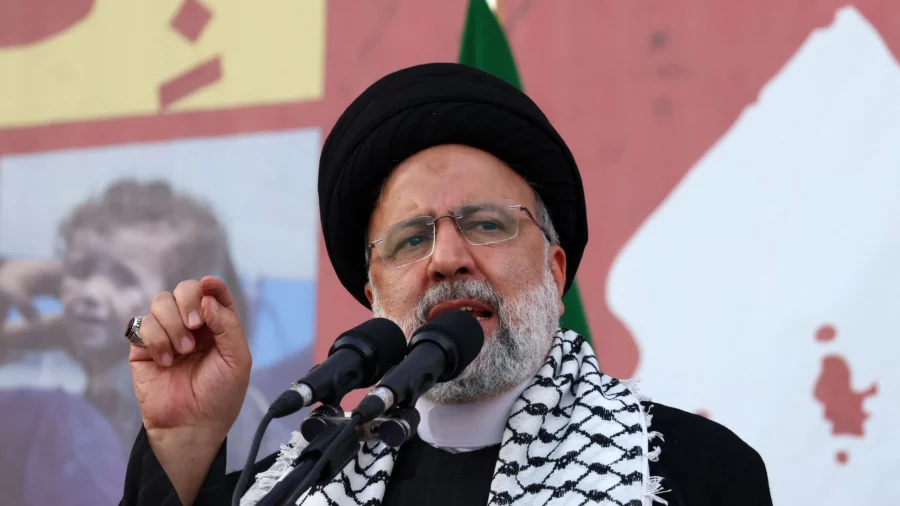The Iranian Navy has deployed a warship to the Red Sea, according to Iranian state media, raising the possibility of escalating armed conflict in the Middle Eastern waterway.
The destroyer Alborz, of the Iranian Navy’s 94th Flotilla, transited the Bab al-Mandab strait on Monday, crossing from the Gulf of Aden into the Red Sea on Monday, according to Iran’s official state-run news agency.
The Iranian naval deployment comes as the U.S. Navy has stepped up security efforts in the Red Sea to guard international shipping against a series of recent attacks from Islamist Houthi rebel forces in Yemen. U.S. warships have responded to numerous distress calls from merchant ships targeted by Houthi missile and drone attacks and U.S. warships and aircraft have shot down dozens of drones and missiles.
The Iranian warship’s deployment to the Red Sea came a day after a deadly exchange of fire between a U.S. military helicopter and several Houthi attack boats on Sunday.
The U.S. Central Command reported the U.S. helicopter was responding to a distress call from a commercial cargo ship in the Red Sea when the small armed Houthi boats fired at the aircraft. The U.S. helicopter returned fire, sinking three of the boats and killing their crews. The Houthi side has acknowledged losing 10 of its fighters in the exchange.
The Houthis, also known as Ansar Allah, are a Zaydi Shiite movement that has intermittently fought with Yemen’s internationally recognized government since 2004. The conflict expanded after the Houthis took over the Yemeni capital of Sanaa in September 2014, bringing on a civil war that has seen Saudi Arabia and other Gulf states intervene on behalf of the Yemeni government.
While the Yemeni civil war has died down in recent months with efforts at a ceasefire in Yemen, the Houthi movement has shifted its focus toward the ongoing fighting in the Gaza Strip between the Israeli military and the Hamas terrorist group, launching attacks to undermine the Israeli side. The Houthis have specifically threatened to target commercial vessels in the Red Sea and Gulf of Aden that they believe are connected to Israel.
The United States has long suspected the Iran of arming and funding the Houthi rebels as a proxy force to advance Iranian interests in the Middle East. The Iranian side has cheered the Houthi attacks but has denied arming the group or helping it plan attacks.
The Iranian warship’s deployment to the Red Sea now places it in a waterway where U.S. warships are on heightened alert, increasing the risk of a more direct conflict between the two nations.
The U.S. military recently launched a new Red Sea security mission dubbed “Operation Prosperity Guardian,” through which it seeks to work with allies and partner nations to protect commercial shipments against Houthi attacks. Shortly after the U.S. side announced Operation Prosperity Guardian, Iran’s Defense Minister Mohammad Reza Ashtiani warned that the U.S.-led Red Sea task force “will be faced with extraordinary problems.” The Iranian military official did not specify what actions the Iranian side is prepared to take against this U.S.-led multinational maritime security force.
Operation Prosperity Guardian is still taking shape and some U.S. allies have shown a reluctance to join the U.S.-led maritime security mission. France, Italy, and Spain have outright rejected the idea of subordinating their military personnel to the U.S.-led effort, and countries like Australia, Norway, the Netherlands, and Denmark have only contributed a handful of personnel and no warships to the effort thus far. Last week, the Danish Ministry of Defense announced the country’s parliament would consider attaching one of its frigates to the effort, but said the warship wouldn’t be available until the end of January.
The United Kingdom has attached one of its destroyers to Operation Prosperity Guardian. Greece has also pledged to send a frigate to assist in the mission.

